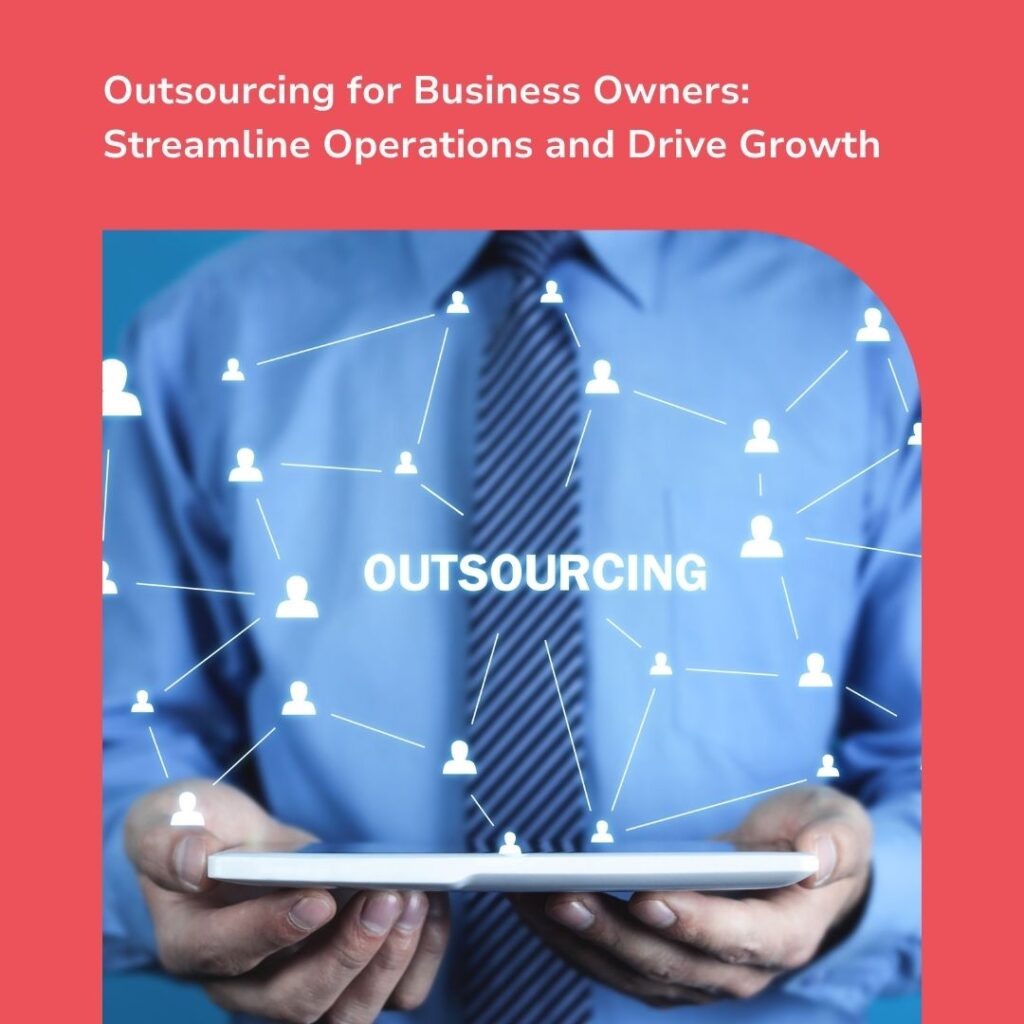[vc_row][vc_column][vc_column_text]
Tags -How to Build Trust with the Customers
The understanding of business strategy has gone through historical changes.
From boxing into specific categories at first to the awareness that things in life don’t work on a linear path, businesses have realised that the way of achieving success must incorporate layers of parallel, simpler goals, rather than just dreaming of making money.
The Same Old Michael Porter

In a simple world, Michael Porter’s generic strategies, i.e. “cost leadership”, “differentiation”, and “focus” would give answers to the important commerce questions; from creating a new product to continuously selling it.
Sadly, the reality is different.
First, you must already have applied each generic strategy at a set level. You have tried to:
- cut costs and/or produce better quality products and services;
- improve production methods to keep and/or attract more customers; and
- define products and services before trying to answer a specific need, i.e. find your niche.
So, if everyone understands the basics and is doing the same, why are a few businesses more successful than the others? Why is Microsoft or Apple selling computers when 100s of other companies keep failing? Why are people drinking coffee at Starbucks when it neither offers the best quality nor the lowest price for the commodity?
And, on top, how can you and I act differently to reach the same success as the market leaders or even surpass it?
The Art of Specifying
The said companies excel because they specify their beliefs and purposes.
Microsoft believes in achieving success through creating partnerships. Apple in changing lives and creating a movement around products. And, Starbucks is being a third social place away from home and work.
The products and services from these companies then play the role of extending the beliefs and purposes, already bought into by customers who become the spokespersons for the brand.
On a similar line, modern businesses must specify their direction along with grasping the basis of business, i.e. creating products and services, differentiating from the competition, sustaining and getting added sales, developing teams, etc.
Why is it Important to Build Trust with a Customer?
Customers are the biggest assets any business can have.
In fact, every positive and negative in a business is measured from the angle of the customer. Profit and loss; success and failure; good and bad reputation. Even from a marketing perspective, there is nothing better than the portrayal of a happy, satisfied customer base.
This fact has been understood by the likes of Microsoft, Apple, and Starbucks, building their business strategies around it.
Put simply, the strategies of the mentioned companies are based around clarity of service and delivering on those services as a promise. Then, this delivery on the service promise leads to trust.
However, this is not always straightforward
How do You Build Trust in a Business?
Building trust in your business is not always clear. But, you can follow a few basic guidelines.
For instance, you need to build a sense of safety and security in your business. Whether this security is through the appropriate delivery of your service; that customers can rely on you; or secured payment methods, each angle is important in its own right.
Similarly, from a social and digital point of view, you need to be active on all relevant platforms. This is because doing business is no longer a shelled action. In fact, there is a high possibility that before doing business with you, the potential client will look online into your products and services online. So, to begin, you need a website for your business, along with the appropriate presence on social media, e.g. Facebook, Instagram, LinkedIn and so on.
To top it off, keep an eye on what is being said about you. This can be in the form of reviews or general mentions on social media and even in the real world. Keep in mind that if you receive criticism, it is not the end of the business for you. The real make or break happens based on how you react to criticism and improve your products and services.
Adding Trust to the Recipe
For some businesses, there is no coming back once the trust is broken.
(In fairness, making a comeback after breaking the trust is always a challenge).
For instance, for tradesmen, people who must be let into customers’ homes to carry out tasks, how to build trust with the customers is extra important from the offset.
The said notion is crucial because of the attachment a person has to his/her space, representing the values, hopes, and aspirations of individuals. Doing business with customers at a home level has dimensions of, among others, applied psychology, relationship building, and establishing core values, before a business can take the next step and fulfil a need. Therefore, we reckon that developing this trust and expanding farther based on it can act as the belief your business must adopt.
In fact, if all businesses bring this mentality into work, they will truly excel.
Concluding Remarks
Emphasis on trust-building is not new, but rather a well tried and tested strategy with examples including hits, such as Colgate and IBM, and supported by a multitude of experts, e.g. Brian Hughes and Larry Magid.
In fact, Forbes declared trust “the most valuable business commodity”. Hence, we need to gear up our thinking towards developing and improving it with our existing and intended customers.
Growth and success will come as useful byproducts in the long-term if the mentioned idea is grasped properly and stuck-by to constantly.
Get in touch to find learn more.
And, to learn about other connected areas to business strategy, check:
- Developing Your Business Strategy – Answering the How Question
- Marketing for Fintech – The Need for a Disruptive Strategy
- Want to Avoid Business Prospect Killing? – Use Interest Targeting
- There is no Place for Behavioural Scripts in the Personalisation Strategy
[/vc_column_text][/vc_column][/vc_row]









